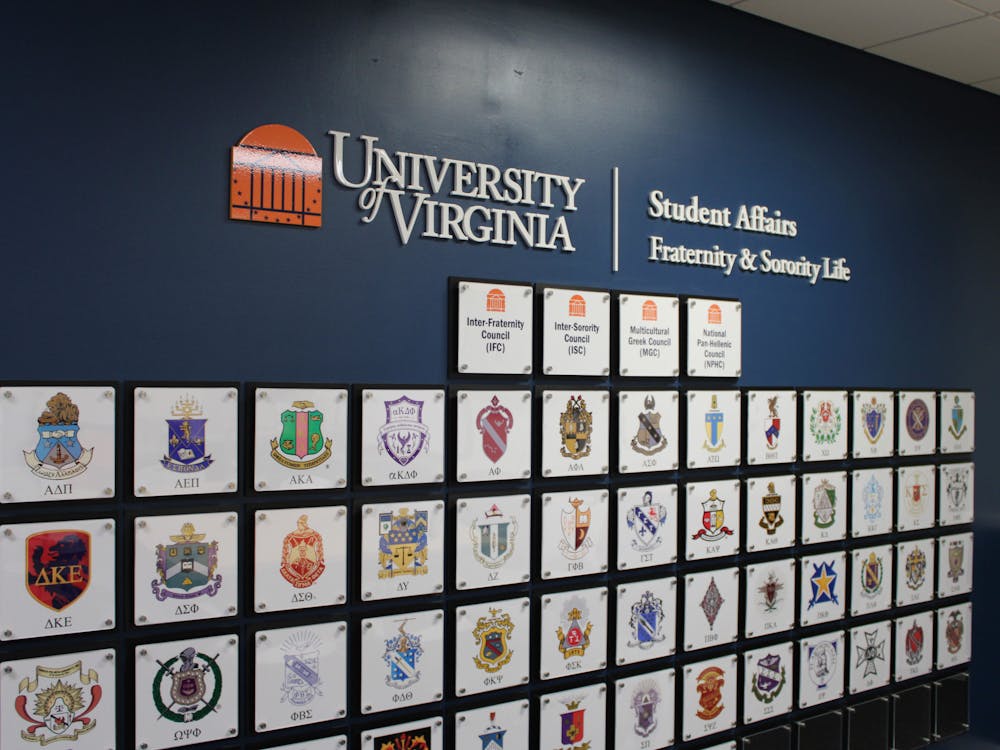In principle, Federal Work-Study is a highly beneficial program for institutions of higher learning and students across the nation. The program’s initiative, according to the United States Department of Education, is to provide “needy” students with “funds for part-time employment. . . to finance the costs of postsecondary education.” In other words, the DOE subsidizes the wages for part-time, on-campus jobs so colleges and universities have an incentive to hire more student employees.
Although FWS operates differently depending on the needs of a particular institution and the demographics of its students, most institutions impose ceilings on the wages a student can earn — usually in terms of how often a student can work in a particular week. For example, the University indicates in the Student Handbook that FWS employees “may not work more than 20 hours per week. . . when class is officially in session.”
A case can certainly be made for a strictly-imposed ceiling on weekly work hours for students; the primary goals of a student pursuing postsecondary education are generally to acquire knowledge and learn skills for the professional world, so an institution should feel compelled to have its students focus on these goals as much as possible. However, when this weekly ceiling — along with the FWS program in general — is analyzed further, it appears the reasoning behind it may not be as innocent as it seems, as this policy essentially benefits the University more than it does its students.
The FWS awards students receive represent the maximum amount of annual wages the federal government will subsidize for an on-campus, part-time employee. As a result, according to the Student Handbook, once a student has earned the entirety of her work-study award, she “must either stop working or obtain departmental approval to continue working.” University employers, then, have no obligation to retain student employees once these workers have reached their annual wage limit; in fact, employers face a huge spike in the cost of wages after this limit, as the government subsidizes 70 percent of these costs.
Moreover, a 20-hour work week fits in quite nicely with the maximum annual FWS wages a student can earn: at the federal minimum wage of $7.25 per hour, a student working 20 hours per week during a 30-week school year would earn $4,350, just slightly above the maximum FWS award of $4,000. The true achievement, then, of a ceiling on work hours is evident: because FWS employees cannot work more than 20 hours in a given week, the University never has to pay the full cost of wages to a large portion of its part-time student employees.
Naturally, it is in the University’s best interest to cut costs, but these costs should not be cut in a realm that directly influences students’ abilities to live comfortably. Work-study positions often pay upwards of $12 per hour, meaning students receiving the maximum FWS award can only work eight 20-hour weeks or less in a semester before the students’ employers have every right to fire them, regardless of merit or quality of work. Thus, students who truly need a source of income — and need more than $4,000 of income in a given school year — are better off not accepting the federal government’s work-study award, for if they are hired independently of the FWS program, they do not face the risk of losing their job after earning a certain amount of money.
The fundamental problem with this convoluted system is clear: because FWS students are given significant preferential treatment by university employers, students who need the additional income but choose not to accept the award face the risk of not being hired at all, especially at institutions like the University of Virginia, which has nearly monopolized the job market within walking distance of Central Grounds.
Thus, a few important questions need to be asked of those who designed the FWS program. Why is the maximum work-study award so low? Why does the federal government label students as “needy” and then deny these students the right to earn more than $4,000 in a given school year? What purpose does a 20-hour maximum workweek serve other than to reduce inconvenience in the form of cost for university employers?
The lack of conversation about such a damaged system is appalling. Government aid for part-time jobs should provide students with the opportunities to go above and beyond, not victimize students who strive to work as much as they possibly can. Students are choosing to provide a service to their institutions’ communities on top of their academic and extracurricular workloads, so why are their respective institutions treating them like uniformed pawns in a cost-cutting chess match?
Subsidizing the cost of hiring part-time employees can be a great government initiative, if it is enacted correctly and responsibly. It is time to engage our University in a conversation about what a correct and responsible work initiative for students should look like. It is time for the leaders of our institution to realize the current one does not even come close to preserving the best interests of the students. It is time, above all, to restore the autonomy of the part-time student worker.
Ryan Gorman is an Opinion columnist for The Cavalier Daily. He can be reached at r.gorman@cavalierdaily.com.




